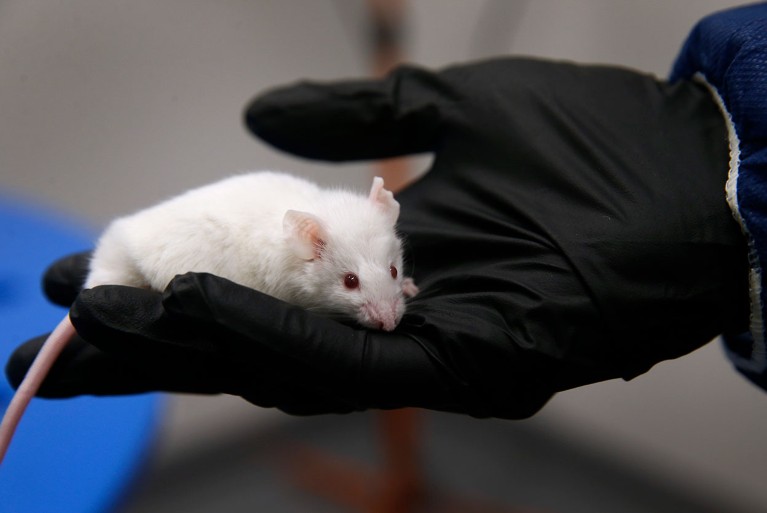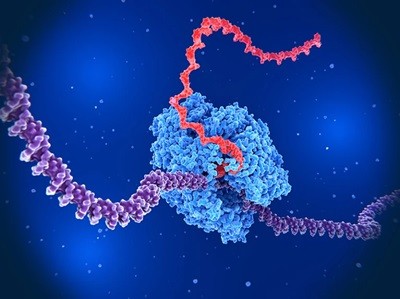
Mice treated with a molecule called miR-302b regrew lost hair and maintained brain health.Credit: Paul Chinn/The San Francisco Chronicle via Getty
Injecting old mice with an RNA molecule seems to reverse some signs of ageing — helping them to live longer, regrow hair and maintain their physical and mental abilities.
The treatment, described in Cell Metabolism on 15 January1, works by targeting one of the key hallmarks of the ageing process: a stage called cellular senescence, in which cells lose their ability to replicate. Researchers hope the findings could one day lead to the development of anti-ageing drugs, but more work is needed to determine whether they translate to people.

Ageing studies in five animals suggest how to reverse decline
As people age, more of their cells become senescent and release chemicals called cytokines, which can trigger inflammation. This reduces the body’s ability to withstand illness and to heal, and has been linked to conditions including cancer, cardiovascular disease, diabetes and declines in cognitive function.
Now, researchers have zeroed in on a molecule, called miR-302b, that could help to slow down this ageing process. The molecule is a microRNA, a small non-coding piece of RNA involved in gene regulation that has previously been found to be involved in immunity and suppressing cancer cells.
Guangju Ji, a biophysicist at the Chinese Academy of Sciences Institute of Biophysics in Beijing and his colleagues demonstrated, using human cells cultured in the lab, that exosomes — packages that carry RNA between cells — from human embryonic stem cells can restore the ability of senescent cells to proliferate.
They then tried several experiments with live mice aged between 20 and 25 months, akin to between about 60 and 70 in human years. They injected some with normal human exosomes and some with exosomes loaded with extra miR-302b, which affects two genes involved in cell division. Control mice were given injections of saline solution.


